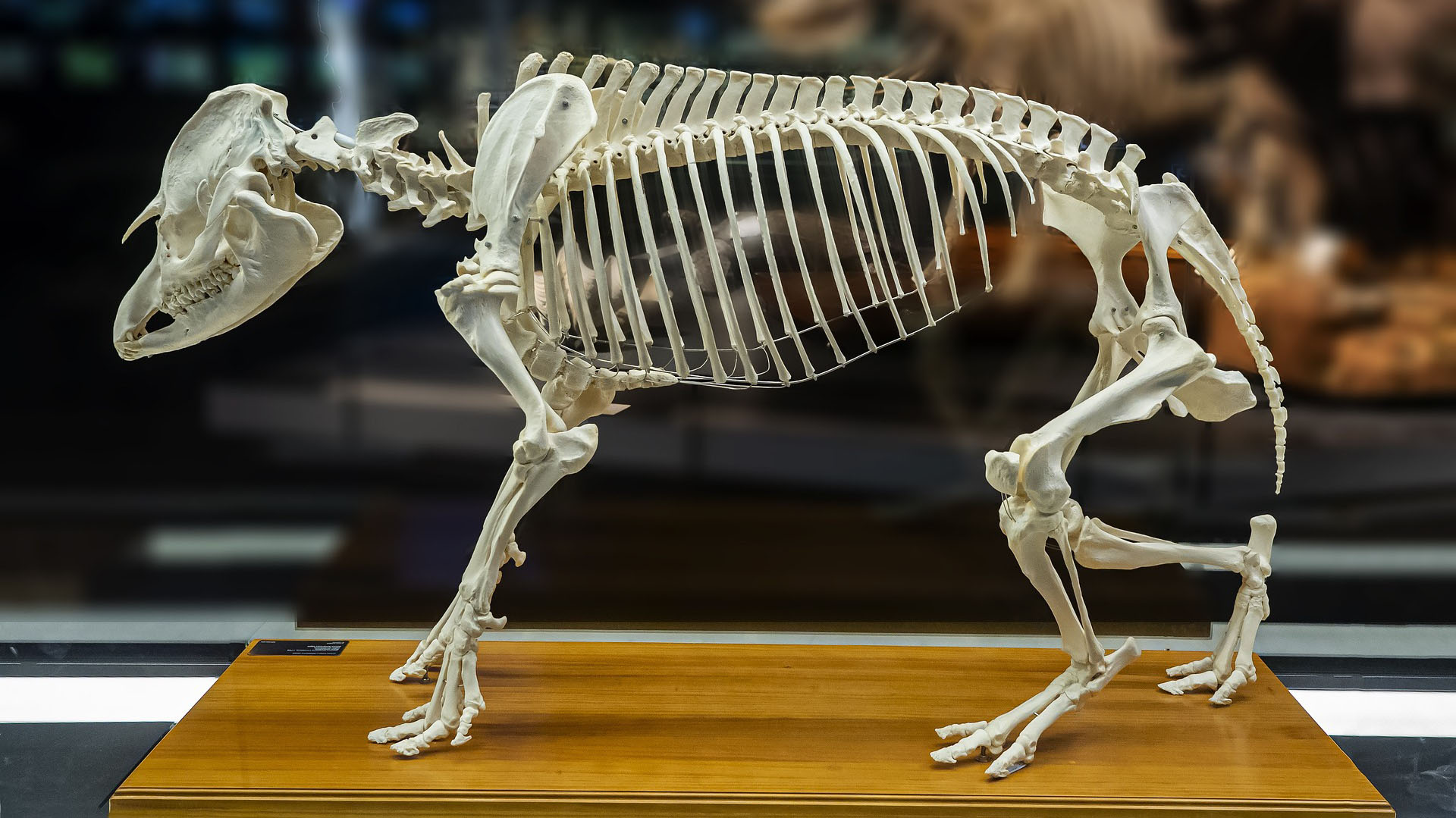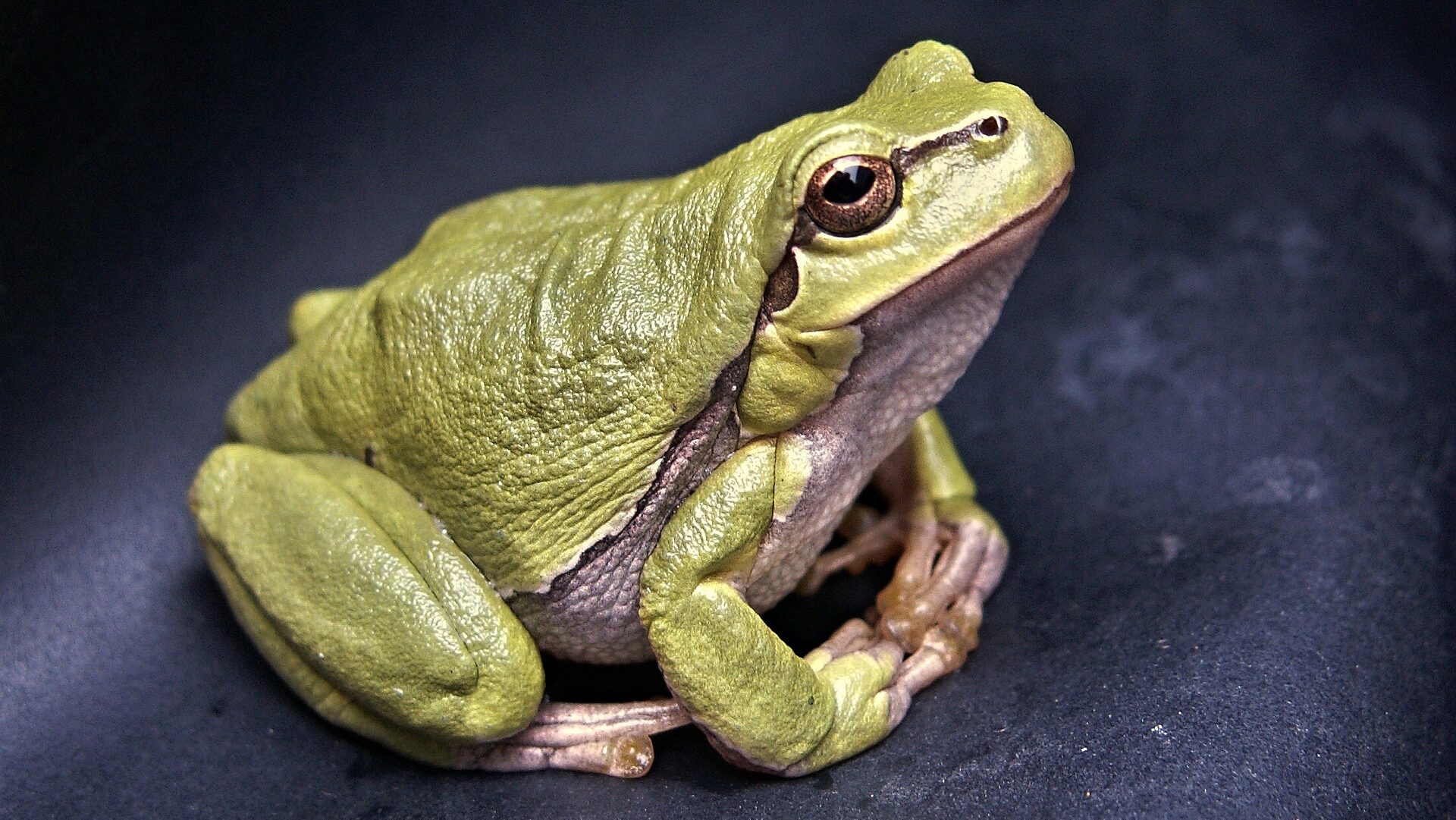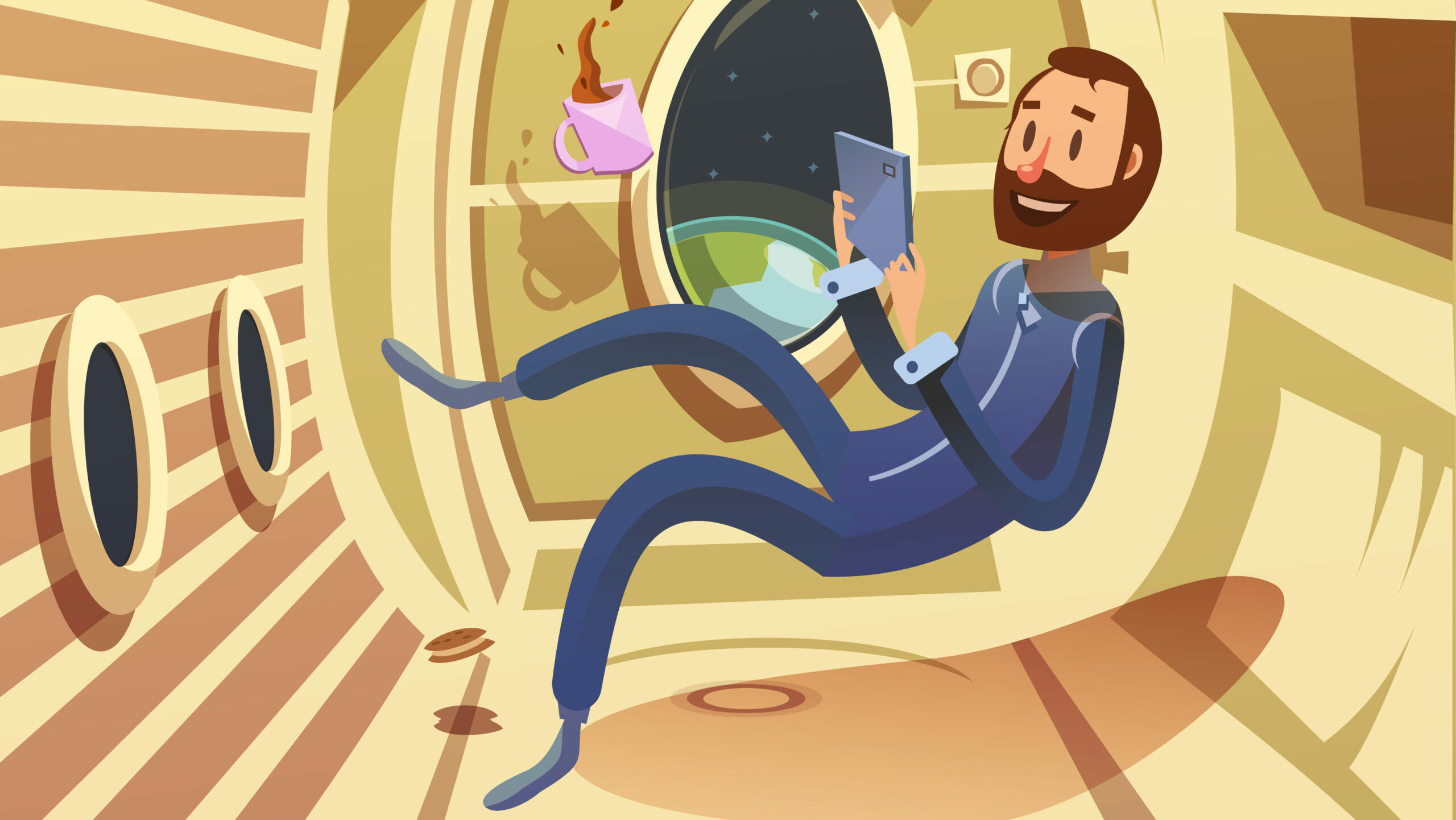Reading Time – 6 Minutes, Difficulty Level 2/5
If you’ve studied GCSE biology you may have come across the rank-based system for classifying organisms. The classic sequence of Domain, Kingdom, Phylum, Class, Order, Family, Genus & Species. This system was developed by Swedish biologist Carl Linnaeus & published in his Systema Naturae (released over twelve editions from 1735 – 1768); a weighty volume in which he sought to classify & categorise known animals, plants & minerals by their shared physical characteristics. It introduced the now evergreen practice of binomial nomenclature, the familiar method of giving living things a universal scientific name comprised of a genus & species, e.g. Homo sapiens for humans.
Linnaeus’s tireless studies & publications were hugely influential & laid the foundation for the science of taxonomy, the classification of living things. Unfortunately for Linnaeus, there was to be a major upturning of our understanding of nature that he could not have foreseen.
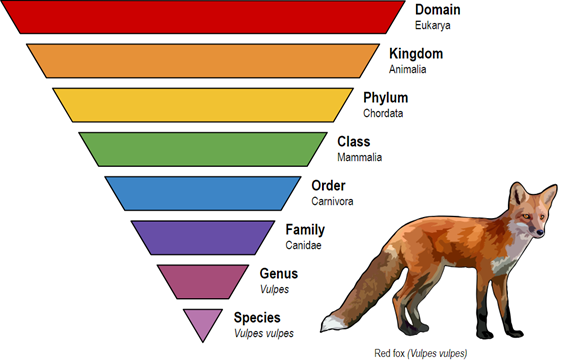
You see, the final edition of System Naturae was published in 1768, a full 91 years before Charles Darwin would publish his seminal work On The Origin Of Species & bring the theory of evolution before the scientific community. This opened up an entirely new aspect to how living organisms should be classified. We now understand that species do not exist as static forms created of divine intent, but on a spectrum of gradual change over countless generations of ancestors & descendants. Linnaeus’s classification system could not have accounted for this.
When trying to classify this immense diversity of life by taking evolutionary relationships into account, especially when you start to bring myriad fossil species into the mix, the simplicity of the rank-based system that Linnaeus put forth begins to break down. New subdivisions have to be created such as subspecies, suborder, superorder, magnorder, infraclass, subclass & on & on ad infinitum. While the fundamentals of binomial nomenclature remain intact, & the major ranks of Linnaean classification still have their uses for identifying certain easy-to-define groups, it doesn’t work as a system for properly illustrating evolutionary histories.
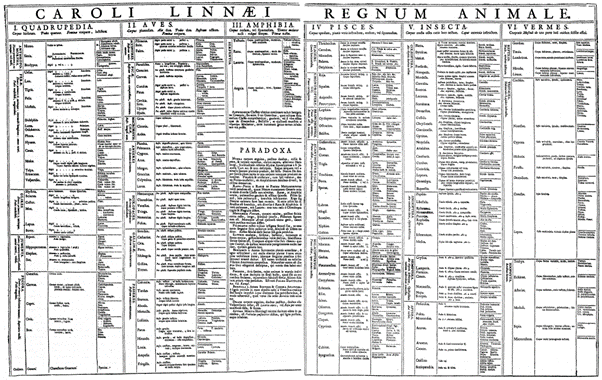
Modern taxonomists now use the newer methods of cladistics & phylogeny to create more accurate classifications of living things as well as building & demonstrating their evolutionary relationships.
Cladistics at its core is a method of classifying living things into ‘clades’ based on shared derived characteristics, or synapomorphies.
For instance, humans, chimpanzees, gorillas, orangutans & gibbons all have four-cusped grinding molars, dorsoventrally (front-to-back) flattened rib cages & lack an external tail. These common characteristics indicate that they share a single common ancestor that would also exhibit these features, so we would consider all descendants of that common ancestor as belonging to a single clade, in this case the apes (Hominoidea).
The advancement of genetic analysis has greatly aided this method of classification, allowing us to compare the genomes of different species & connect the dots of exactly how closely related to one another they are.
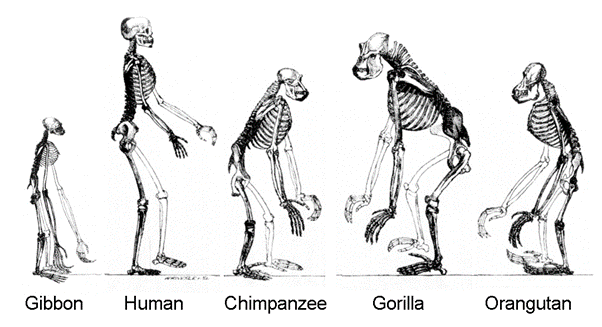
It’s important to note that as species evolve & change over time, they do not leave the clade that they originated from, no matter how much they differ from the ancestral condition. They simply form a new clade within the original. Multiple new clades can form within an ancestral one, making cladistics tantalisingly fractal in nature.
Humans are apes, which means they are also primates, placentals, eutherians, mammals & so on. This creates some truly astonishing classifications. The reality that birds are dinosaurs, not simply ‘descended from’, is a distinction that some people still struggle with, but there are even more staggering ones than that. For example, whales are artiodactyls; hoofed mammals most closely related to hippos & deer. Even more extreme is that as members of the Opisthokont clade, fungi are more closely related to animals than they are to plants.
Using both morphology & molecular data, we can begin to construct the evolutionary history of multiple clades, connecting them by their shared physical & genetic characteristics & assembling a phylogenetic tree.
Colloquially known as a ‘Tree Of Life’, a phylogeny is a branching diagram or dataset which illustrates evolutionary histories. Functioning in a similar way to a family tree, phylogenies can be scaled broadly to the clade level or specified down to individual species. The common ancestries calculated by cladistic analysis can be connected up to illustrate how large groups of organisms are related to one another by their shared common ancestors.
This is of course far more difficult with fossil species for which we have no genetic material, limited specimens & are often missing large pieces of anatomy. As a result its not uncommon for new cladistic analyses to rearrange the phylogenetic trees for long extinct species, especially when major new discoveries are made.
Case in point; a 2021 analysis of the relatively complete fossil skeleton of a small armoured dinosaur, Stegouros, concluded that it shared a common ancestor with two other very fragmentary species, Antarctopelta & Kunbarrasaurus, & that they had unique derived features warranting their placement within a new clade; the parankylosauria.
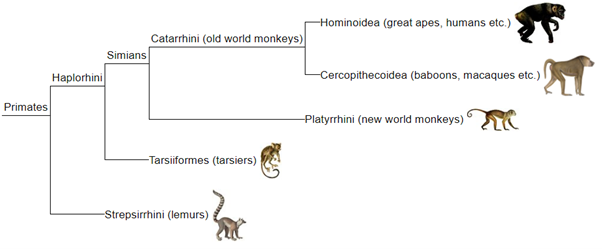
Cladistic & phylogenetic methods have been applied to other disciplines outside of biology including anthropology & archaeology, where shared features of folklore, architecture & even language have been used to trace the ancestries of ancient cultures.
While Linnaeus’ legacy as the father of taxonomy can never be cheapened, newer methods of classification have inevitably given us an extra dimension & therefore a far greater understanding of life on earth.
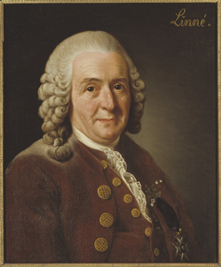
Further Reading
Staffan Müller-Wille – Carolus Linnaeus Encyclopedia Britannica Biography
Per Christiansen – Phylogeny Of The Great Cats & The Influence Of Fossil Taxa & Missing Characters
Sergio Soto-Acuña – Bizarre Tail Weaponry In A Transitional Ankylosaur From Subantarctic Chila
A lifelong natural history enthusiast, Dane has built an online following recreating prehistoric life through animation, & is now studying for a Natural Sciences degree while participating in STEM ambassadorship & climate activism.

